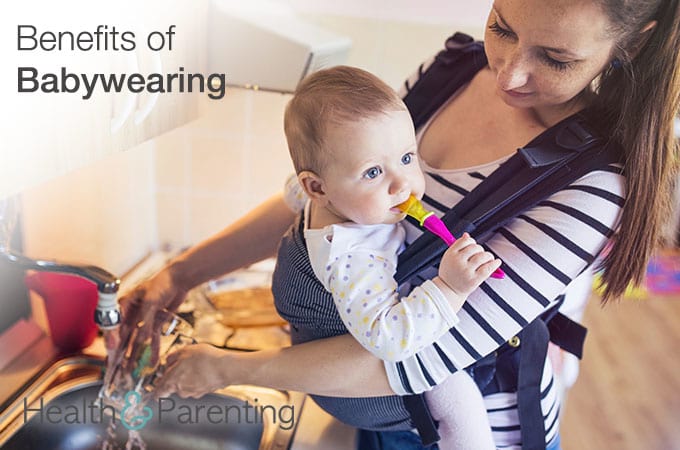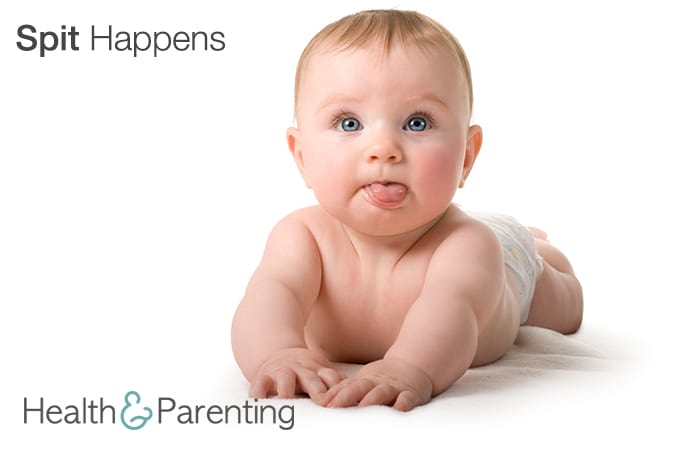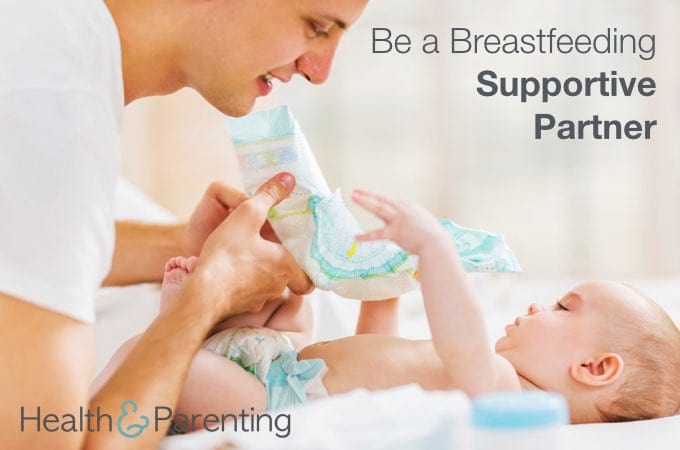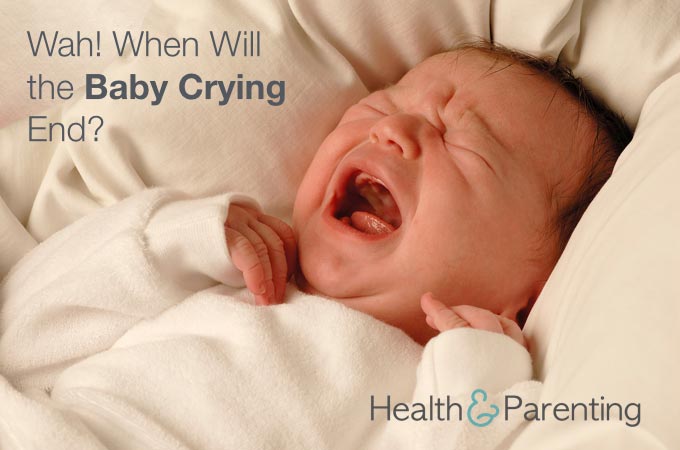Maybe you received a sling as a baby gift, or you’ve just heard that a wrap is a great parenting tool. But you’re wondering what’s so wonderful about holding your baby all the time. Here are our top 10 reasons why babywearing is great for you and your baby.
1. Babywearing is like a womb on the outside: Newborns transition to the outside world more easily when you create a womb-like environment for them. And what easier way than wearing them close to you. Your baby can feel your motion, hear your voice and heartbeat, and keep warm from your body heat.
2. You’ll have both hands free: this can be very helpful in the early days with your newborn especially when you’d like to eat a meal or take care of your older child.
3. Your baby will cry less: In a study about crying and carrying, babies who were carried an extra 3 hours each day had nearly half as much crying at 6 weeks as those who weren’t exposed to the extra holding.
4. You will learn your baby’s cues: Your basic task in the early weeks of parenting is trying to figure out what baby’s different cries and coos mean. Having your baby close to you will give you greater opportunity to catch early cues and keep your baby calmer (and this will improve your confidence in your parenting.)
5. Your baby can interact with the world better: Your baby will be seeing the same sights at you, and can interact with the world you are interacting with. This teaches baby sociability and can give baby a safe haven from which to observe the big world.
6. A baby carrier takes up less space than a stroller: whether trying to navigate the aisles in a department store, or just to get into your car and go, the sling or wrap is an easier, less bulky choice. And it’s much easier to carry baby in a sling or wrap than in a car seat!
7. You can keep your baby safe: People like to touch babies. When you’re out and about, they’re less likely to touch a baby attached to you – particularly important during cold and flu season. As your baby gets older, the carrier provides a place to keep baby secure while your attention is focused on other tasks.
8. You can breastfeed easily: because you’re catching early feeding cues, your baby can eat as soon as he signals his hunger. And your breasts are right there next to him. Nursing in public is easier (or at least more covered), too.
9. Your baby will feel emotionally secure: because you can respond quickly, your baby will grow feeling that his needs are being met consistently. And this helps baby feel strongly bonded to his caregiver.
10. Your baby’s brain will develop better: Your baby’s brain is growing so fast during the early years – making connects between nerves and pruning connections that aren’t used. Being involved in the world affords greater environmental stimulation to the developing brain, while at the same time, allowing baby to be protected from overstimulation.
And one last bonus reason – it’s nice for the person doing the baby wearing, too. Who doesn’t want to cuddle a baby? Positive touch releases endorphins and oxytocin – relaxing you and connecting you to your baby.
If you use a baby carrier, what’s your favorite thing about babywearing?
Written by Michelle, childbirth instructor, lactation consultant, and mother to 4 busy kids
This information is not intended to replace the advice of a trained medical doctor. Health & Parenting Ltd disclaims any liability for the decisions you make based on this information, which is provided to you on a general information basis only and not as a substitute for personalized medical advice. All contents copyright © Health & Parenting Ltd 2016. All rights reserved.
















